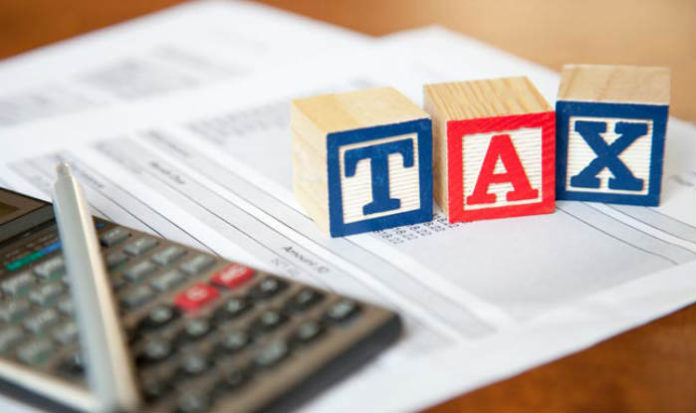
In the last financial year (2016-2017), Rajasthan has recorded highest growth rate in direct tax collection, compared to other states in India. While the average tax collection growth for the country was estimated as 11.8%, the total percent growth rate of Rajasthan tax collection was 53%. The total sum collected through direct income and corporate taxes was Rs 19,654 crores for previous financial year. Compared to 2015-2016, where the government collected Rs 12,790 crores in total, this year’s tax collection witnessed a growth of Rs 6,864 crores.
What is Direct Tax Collection and How will the Government Benefit from it?

Taxpayers (that is the employed citizens of India) pay these taxes directly to the government. The taxes are levied on their income or business ventures. The money collected from individuals serves as a means of revenue for the government. By far, Rajasthan is the only state in India that has collected over 50% taxes since demonetization. The economic experts have registered a growth rate of 5.5% in tax collection.
Not only this, the I-T officers have noticed that ever since the center introduced demonetization in the country, people are voluntarily coming forward to pay taxes. Just recently, the government has added 1.5 lakh new assesses to their list this year. Paying taxes on time is mandatory now since individual Aadhaar cards are linked with bank accounts. In case they dodge tax payments, the government can easily trace back to the defaulters and levy punishments on them. Knowing the consequences of not filing returns, many tax payers are now submitting taxes on their own.
Besides this, the officials claim that there has been a surge in entrepreneurship in state, ever since Rajasthan became a business-friendly state. Due to sudden boost in business activities, Rajasthan has witnessed an increase in its revenue. Recently, the state earned Rs 400 crore as a part of IDS (Income Disclosure Scheme).
Now, with the centre lowering the I-T percentage for lower income slabs, the authorities are hopeful it’ll widen the bracket of tax payers in the coming years.







